Djokovic vs Alcaraz: Olympic Final Recap
Djokovic serve, Alcaraz athleticism, return positioning, sensing the moment
Djokovic def. Alcaraz 7-6(3), 7-6(2).
At long last, at very long last, Novak Djokovic claimed Olympic Gold on a picturesque Sunday afternoon on Court Philippe-Chatrier, triumphing over Carlos Alcaraz in an engrossing battle. Djokovic has now completed the elusive ‘Golden Slam’, adding yet another accolade to his storied tennis career.
The Djokovic first serve
Bar an early lull in the first set, Djokovic’s first serving was phenomenal. He served at 69% in the first set, and 83% in the second set.
It’s nothing new, but a hallmark of the best players in tennis is their ability to find first serves on pressure points – especially break points.
Well, Djokovic took that to another level on Sunday. Of the 8 break points that he faced against Alcaraz on Sunday, he made his first serve 100% of the time. Yes, every time. And surprise, surprise – he saved 100% of break points. A good chunk (5) of those break points came in the all-important 4-4 game in the first set, which had any of those been converted, would have likely swung the match’s momentum heavily into Alcaraz’s favour.
Of course, you don’t have to always make your first serve to save break points – Alcaraz only made 50% of first serves on six break points and still saved them all – but it helps considerably. For most other players not named Alcaraz, these odds would not have been less-than-favourable, especially when playing Djokovic.
Djokovic capitalises on passive Alcaraz return position
Alcaraz stood too far behind the baseline on returns today, and Djokovic capitalised with precise serving. Djokovic frequently used the slider out wide and slider serve down the T, hitting his spots with great accuracy. This severely limited Alcaraz’s ability to generate depth on his returns, allowing Djokovic to step inside the baseline and dictate points from the outset:
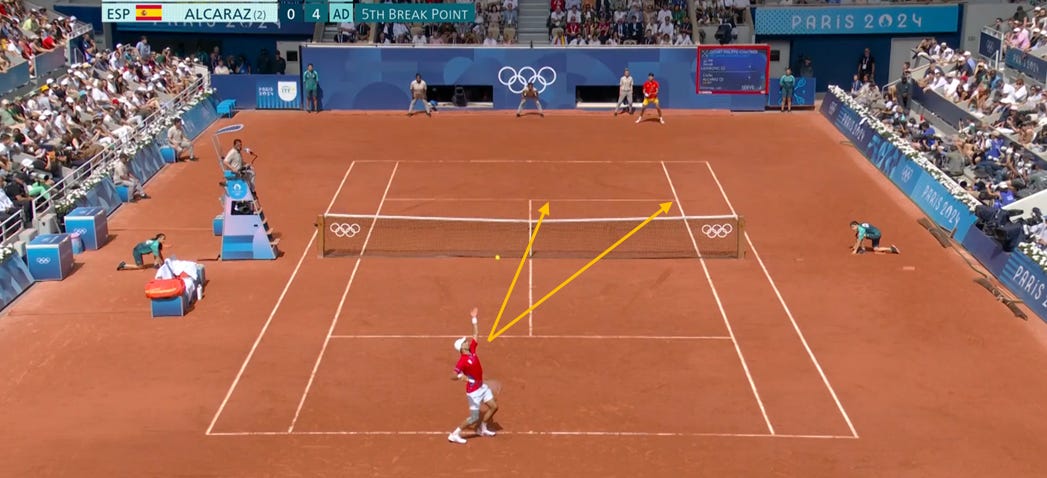
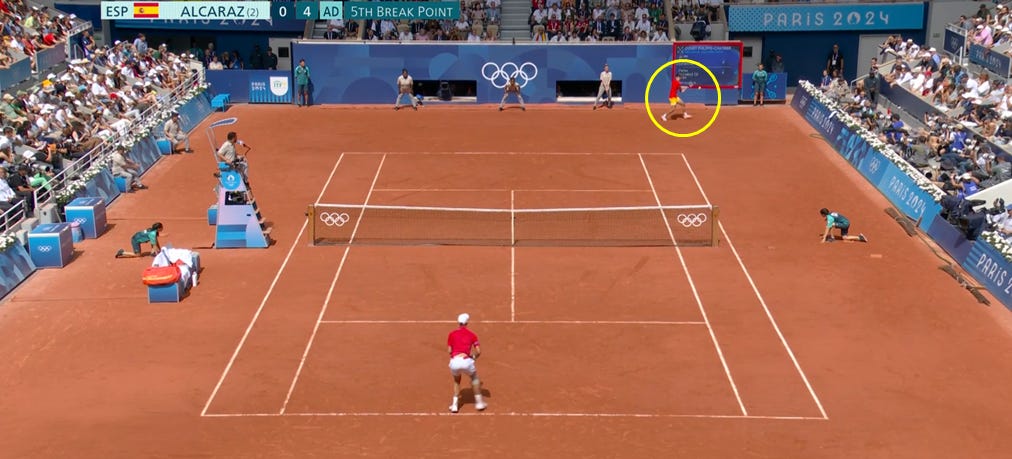
The great neutraliser
Alcaraz has one of the most dangerous weapons in all of tennis - that blistering, dynamic forehand that can blow just about anyone off the court.
But Djokovic is a master at neutralising the weapons of his opponents – bringing the point back to level terms by absorbing pace and re-directing, and simply staying alive. This is a crucial aspect of his game, particularly in tiebreaks.
Take the first point of the second set tiebreaker, Alcaraz to serve. Alcaraz takes control of the point early with a strong backhand cross-court, and then follows it up by running around on to his forehand, drilling the ball down the line. But Djokovic, who is so efficient with his lateral movement and so precise with his ball striking, uses the pace of the Alcaraz forehand to hit a running forehand crosscourt, on the stretch, to win the point – despite being second best in the point all the way up until that shot.
The Djokovic return
Djokovic’s returning was excellent, as always. Over one-third (36%) of Djokovic’s returns were very deep, and only 21% were shallow. In summary, when Djokovic got a racquet on a return, there was a pretty good chance it was coming back with some depth.
There are many benefits to returning well. For Djokovic, it helped to limit Alcaraz’s ability to hit the big +1 forehand. It also helped to build pressure on the Alcaraz first serve, which at times has been unreliable, creating an expectation that each serve needs to be hit with pace and precision.
Take a look at this return at 2-2, 15-15 in the second set. It’s not the world’s flashiest return, but it’s quickly at the feet of Alcaraz, limiting the power he can generate from the +1 ball from the forehand wing:
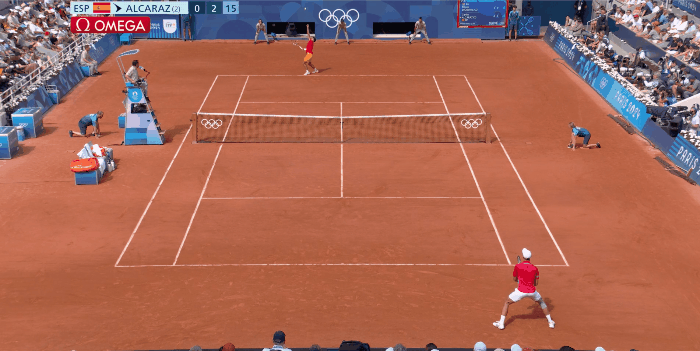
The 6-6, 3-3 return – an important moment
It’s not only the consistency of depth from Djokovic’s return, but it’s also his ability to sense the moment. At 6-6, 3-3 in the first set tiebreaker, where there had been very little to separate the two – Djokovic made up his mind to go for a big return on an Alcaraz second serve, proceeding to hit a winner.
It was not cleanly struck, a mishit of sorts – but Djokovic was decisive, picked his moment and the risk paid off. He established a mini-break and never looked back. He's prepared to back in his skills in the key moments. And if your name is Novak Djokovic, it pays off more often than not.
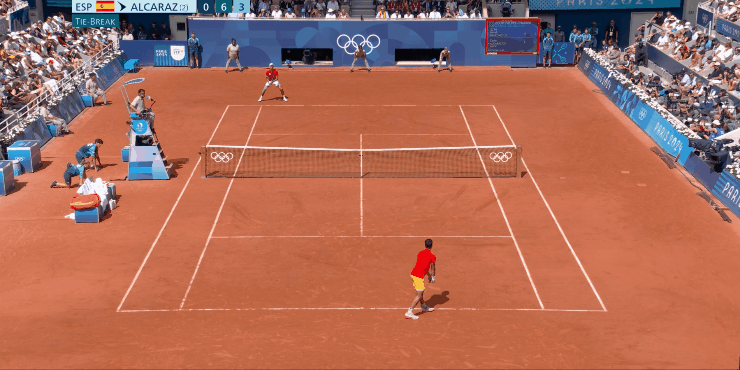
Alcaraz athleticism – ‘one more ball’
Alcaraz must also be given serious credit for his performance today, even though he didn’t necessarily play at his very highest level. His pure athletic ability is a joy to watch. It allows him to win points that he simply has no right to win.
He can cover the court better than almost anyone else on tour. Whether that comes from lateral movement across the baseline, or his ability to sprint forward on drop shots.
Take this first example, early in the match at 2-2. Djokovic plays a quality drop shot from well inside the baseline, and Alcaraz is deep behind the baseline, anticipating a big Djokovic backhand. Instead, he moves rapidly to the drop shot, and just in the nick of time, drives a deep sliding ball down the line, winning the point:
Alcaraz’s rapid court movement and overall athleticism is even more dangerous when combined with his ‘one more ball’ mentality. Djokovic is in complete control of this point, pushing Alcaraz from side-to-side. The first defensive lob he plays is stunning, and the follow-up, after already being at end range just moments before, is just as impressive. Yes, maybe Djokovic still should have won the point – but Alcaraz is always willing to ask one more question of his opponent, no matter what:
Short thoughts on tiebreak performance
The match was ultimately decided by two tiebreaks. In this department, Djokovic remains the gold standard.
I think this table (and the analysis in this piece) encapsulates why Djokovic was able to edge Alcaraz today in these crucial moments, including in the tiebreaks. It’s hard for a player to keep up in a tiebreak when the opponent is not only reducing unforced errors to almost zero, but striking winners with frequency. It’s a fearsome combo.
Overall thoughts
Like many of the great rivalries that have come before, matches between Djokovic and Alcaraz tend to be incredibly exciting to watch. This match was no exception - it was enthralling viewing; it was tennis of the highest order.
Above all else, when these two play, they ask the question of one another – “if I raise my level, can you come with me?” They challenge each other to play at their very best.
Other notes
This is my very first piece on Substack! I recently came across the quality analysis produced by
and and was inspired to have a go myself. I also want to acknowledge the brilliant match charting project that Jeff Sackmann runs on his website, Tennis Abstract.
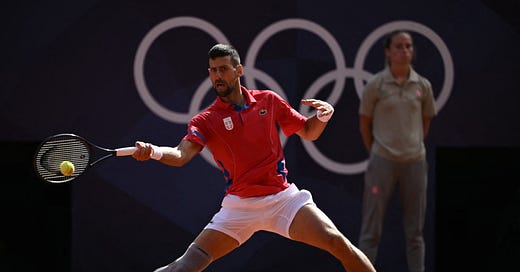




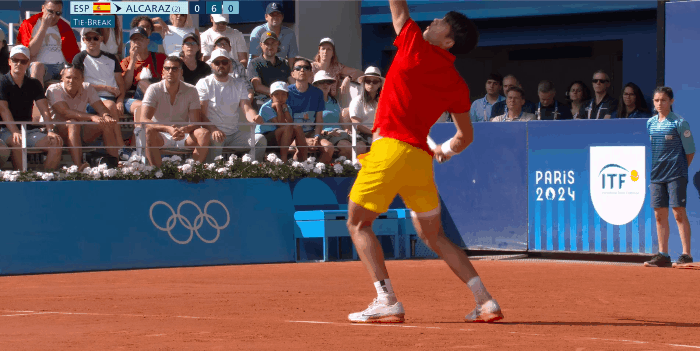

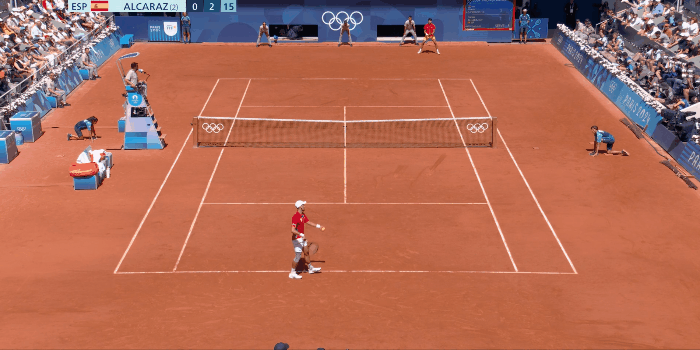
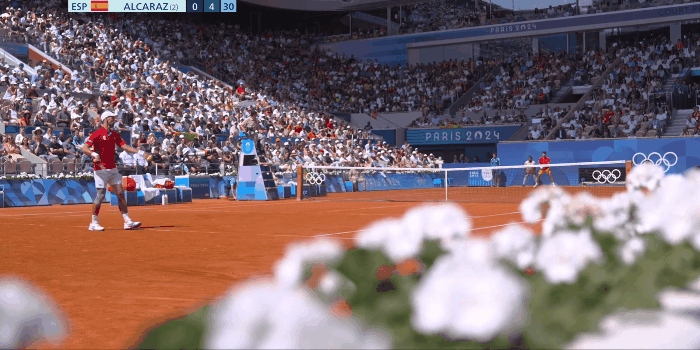

Great read and well articulated. Look forward to more commentary in the future.